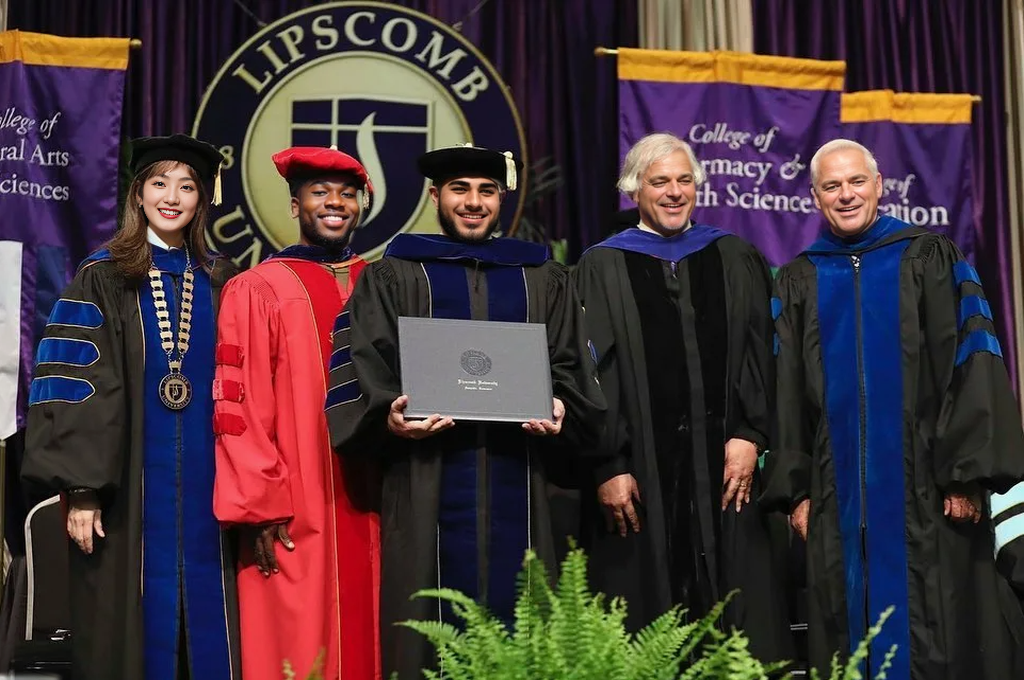Doctoral tams serve as iconic symbols of academic achievement and prestige. Throughout history, these caps have undergone a remarkable evolution in design and materials. Among the various styles of doctoral tams, the 6-sided tam stands out as an exceptional choice. This blog post explores the rich history behind the 6-sided doctoral tam, its design patterns, the materials used, and its continued importance in modern academic ceremonies.
The Origin of 6-Sided Doctoral Tams
The tradition of wearing academic caps dates back centuries, with numerous design variations depending on cultural and regional practices. However, the 6-sided doctoral tam, also known as the "hexagonal tam," holds a special place. The exact origin of this unique design remains a mystery, but it is believed to have emerged during the Renaissance period, when universities across Europe began adopting it as a symbol of academic distinction and authority. The 6-sided tam quickly became synonymous with intellectual excellence and scholarly achievements.
Shifting Design Patterns and Materials
Over time, the design patterns and materials used in crafting 6-sided tams have evolved to reflect changing fashion trends and technological advancements. Initially, these tams were primarily made from simple fabrics such as wool or velvet, embellished with basic embroidery. However, as academia progressed and the importance of these caps grew, more intricate designs and luxurious materials, including silk and satin, became popular choices. Notably, the 6-sided structure allowed for better symmetry and balance, making it an ideal choice for academic regalia.
Modern Innovations and Variations
In recent years, traditional design concepts have been paired with modern innovations, resulting in a diverse range of 6-sided doctoral tam variations. Today, tam makers incorporate a variety of materials, including eco-friendly options, to meet the demands of environmentally-conscious graduates. Innovative patterns and motifs are embroidered or printed on the tams, allowing for greater customization and individuality. Additionally, the incorporation of technology has enabled the addition of unique features such as built-in airflow systems to improve comfort during lengthy graduation ceremonies.
The Significance of the 6-Sided Doctoral Tam in Academic Ceremonies
The 6-sided doctoral tam remains a cherished and essential component of academic regalia. Its hexagonal shape symbolizes the interconnectedness of knowledge across different academic disciplines, promoting interdisciplinary collaboration. Moreover, the tam's design speaks to the wearer's scholastic dedication, highlighting their attainment of the highest level of academic achievement. As graduates proudly don their 6-sided tams, they become part of a long-standing tradition that celebrates knowledge, excellence, and intellectual growth.
From its mysterious origins during the Renaissance to its contemporary variations, the 6-sided doctoral tam boasts a rich history, adorns countless accomplished scholars, and continues to be an essential part of academic ceremonies worldwide. The evolution of design and materials used in crafting these tams reflects the ever-changing nature of academia and provides a unique way to honor academic achievements. As we look ahead, it is exciting to imagine the future innovations that will further enhance the 6-sided doctoral tam – an enduring symbol of scholarly accomplishment that bridges the past with the present.






Leave a comment
All comments are moderated before being published.
This site is protected by hCaptcha and the hCaptcha Privacy Policy and Terms of Service apply.